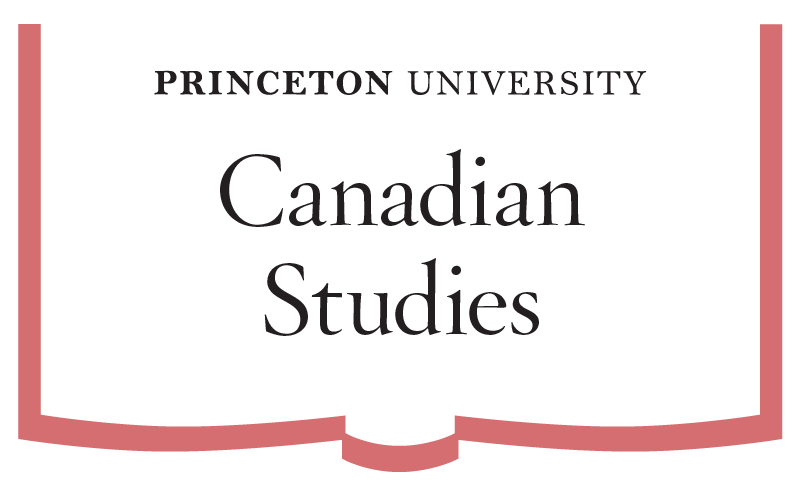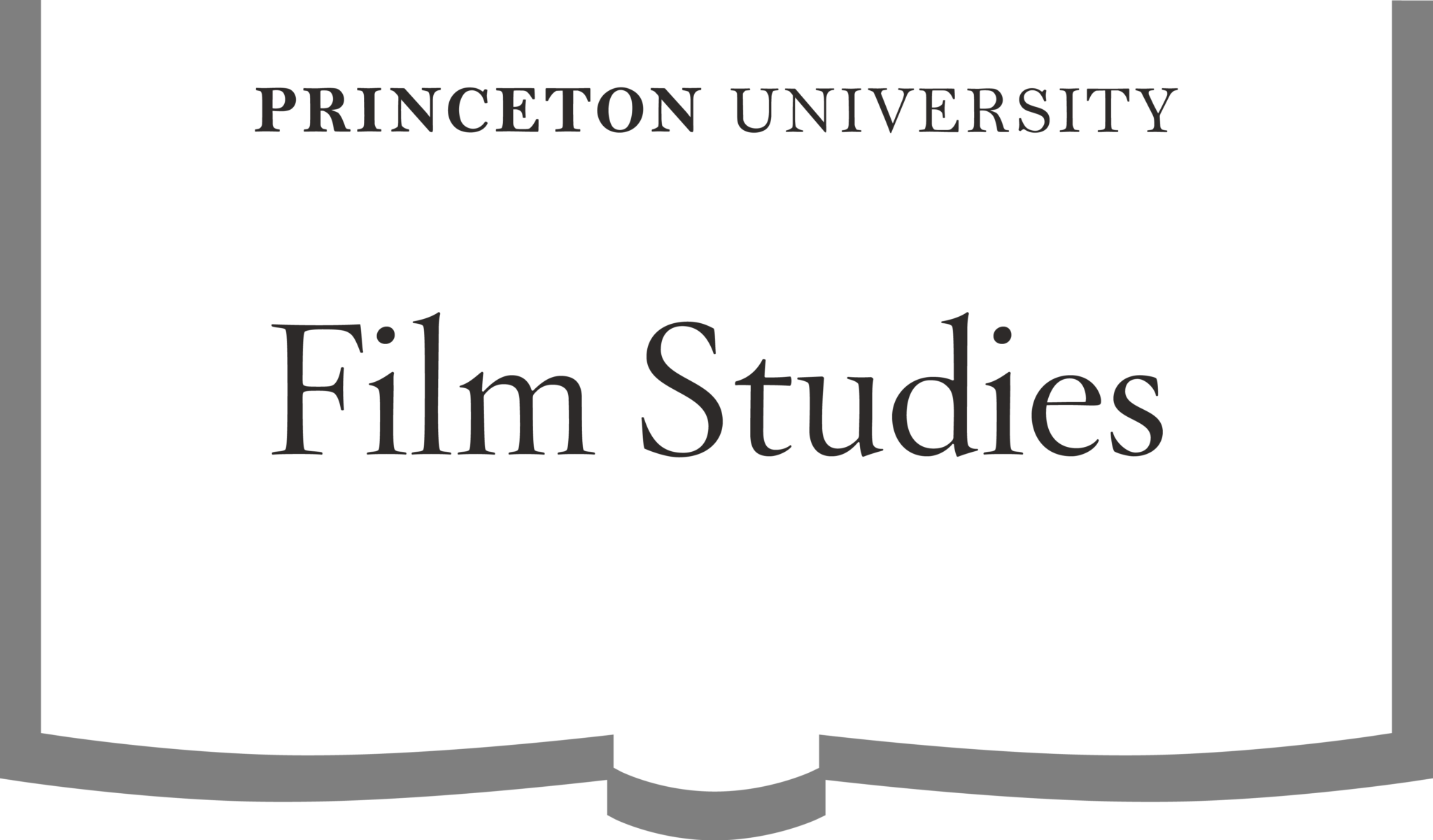I’m an Art and Archaeology major with certificates in French Language and Culture as well as European Cultural Studies.
Role(s) held in the Humanistic Studies Program:
Certificate Student, Behrman Society
Activities on campus:
I co-lead Princeton’s branch of Matriculate, a nonprofit organization that recruits undergraduates to serve as virtual college advisors for high-achieving, low-income high school students across the country. As a Head Advising Fellow for Matriculate, I act as a liaison between the Matriculate staff in New York and the fellowship of virtual college advisors on the Princeton campus to ensure that the high school students we serve are supported through every step of the college process. In addition to my leadership responsibilities, I serve as a virtual college advisor myself – so far, I have worked with six students on their college applications. Since my freshman year, I have volunteered with LEAP (Learning Enrichment in the Arts Program), a Pace Center initiative. In total, there are about 12 LEAP volunteers, and we travel to Trenton every Friday afternoon to lead an after-school arts and crafts workshop for kids in grades K-5. I am also on the Student Advisory Board of the art museum and am co-editor of Kuntskammer, the undergraduate Journal of Art.
Honors:
I was a recipient of the Shapiro Prize for Academic Excellence my freshman year. In the spring semester of my sophomore year, the final research paper that I had written for my writing seminar the year before was published in Tortoise, Princeton’s journal of writing pedagogy. ”
Why I decided to study the humanities:
I have always been fascinated by the ways in which text and image can serve as windows into the human condition. In my view, by understanding how people have used language (including the universal language of the arts) to make sense of the world over time, we can improve our own capacity for communication and empathy.
What I have gained from the humanities:
Through my study of the humanities at Princeton, I have been trained to engage in both microscopic and macroscopic analysis. For instance, I have learned to look closely at objects and/or texts to gain a deep understanding of primary sources in and of themselves, but I have also learned how to situate such close analyses within their broader contexts. Studying the humanities has also enabled to me to think and work across disciplines. (My thesis advisor, Bridget Alsdorf, has even said that majoring in art history is a way of “cheating and majoring in everything” given that art historians often draw upon philosophy, psychology, history, literature, and a variety of other disciplines to develop their arguments). In summary, I have gained close reading abilities, invaluable analytical skills, and a deeply interdisciplinary perspective.
Independent work:
For my senior thesis, I will explore the ways in which contemporary Algerian painter Dalila Dalléas Bouzar uses theme and form to reimagine the French painting tradition in a postcolonial context.
HUM Sequence fall break trip:
My sophomore year, I participated in the HUM trip to Rome, led by Professor Feeney and Professor Rigolio. For my independent project, I explored the discrepancy between the name and material contents of the Hall of the Emperors in the Capitoline Museum. More specifically, I was interested in the inclusion of portrait busts of unknown women in a gallery expressly dedicated to imperial figures.













